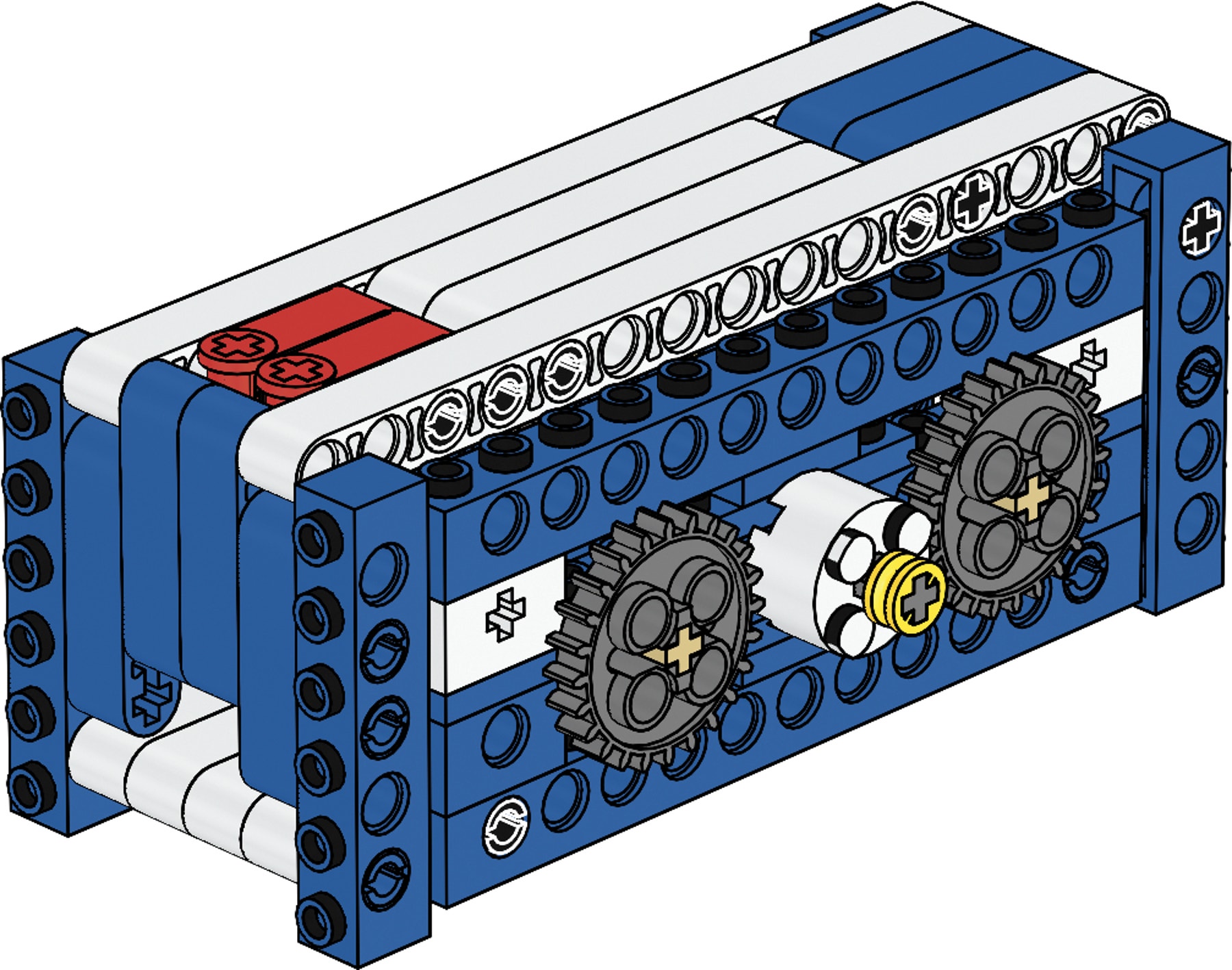The Magic Lock
Apply knowledge and skills related to levers, structures, hinges, and fair testing.

The Problem
(3-5 Minutes)
Jack wants to keep his secret treasure locked away in a box. But he knows Jill can undo almost any lock and she is always so curious and wants to know his secrets!
Can you design a secret way to ‘lock’ a box that does not use a key?

Design Brief
(3-5 Minutes)
Design and make a box:
• with a secret or hidden lock or catch
• that can be ‘locked’ and ‘unlocked’ in a very simple way
- Make a sketch of the idea you designed and made.
- Label the three most important parts, explaining how they work.
- Suggest three improvements.
Suggested Model Solution
(20-25 minutes)
Note: You are advised not to share this image with students.


Fair testing and Fun
(15-20 Minutes)
Does the box stay shut when it is ‘locked’?
Lock the box. Now try and see if it opens by pushing it or shaking it a little.
Remember it is still just a prototype!
Does it open properly?
Test to find out. The easier it opens, the better.
How reliable is it?
Lock, unlock and open it three times in a row. Is it still working OK? Keep going!
The more times it can be locked and unlocked, the more reliable it is.
How secret is it?
Ask volunteers from another group to step forward and try and point out how you open the box.
You may want to time it. The less people can guess how and where to open the box, the better!
Extra Challenges
(25-30 Minutes)
Design and make different box sides so that the content is totally hidden.
Using cardboard and markers, personalize the sides of your box.
Teacher Support
Students will be able to apply the knowledge and skills of:
Levers, structures and hinges
Observing and investigating
Applying principles of fair testing and product reliability
9686 Simple & Powered Machines Set (two students per set recommended)
Cardboard
Markers
Scissors
NGSS
Crosscutting Concepts
Patterns
Science and Engineering Practices
Asking questions and Defining Problems
Developing and using models
Planning and carrying out investigations
Analyzing and interpreting data
Using mathematics, Informational and Computer
Technology, and computational thinking
Constructing explanations and designing solutions
Engaging in argument from evidence
Obtaining, evaluating, and communicating information
Common Core Mathematics Standards
7.RP.A / 6.NS.B / 6.EE.C / 7.EE.B / 8.EE.B / 8.F.B / 6.SP.A
Common Core English Language Arts
SL 6.1 / 6.2 / 7.1 / 7.4 / 8.1
RST 6-8.3 / 6-8.4 / 6-8.7
WHST 6-8.1 / 6-8.7 / 6-8.8 / 6-8.9
Student Material
Share with:
 Google Classroom
Google Classroom



